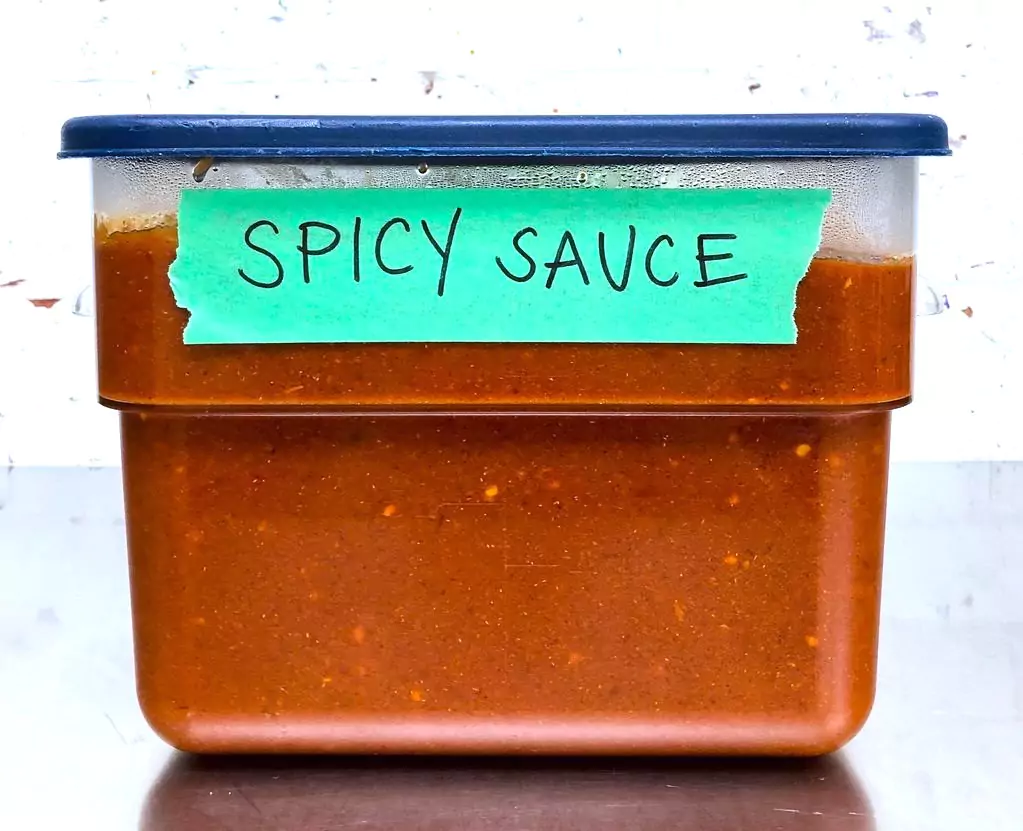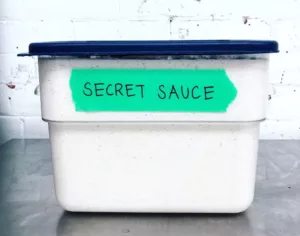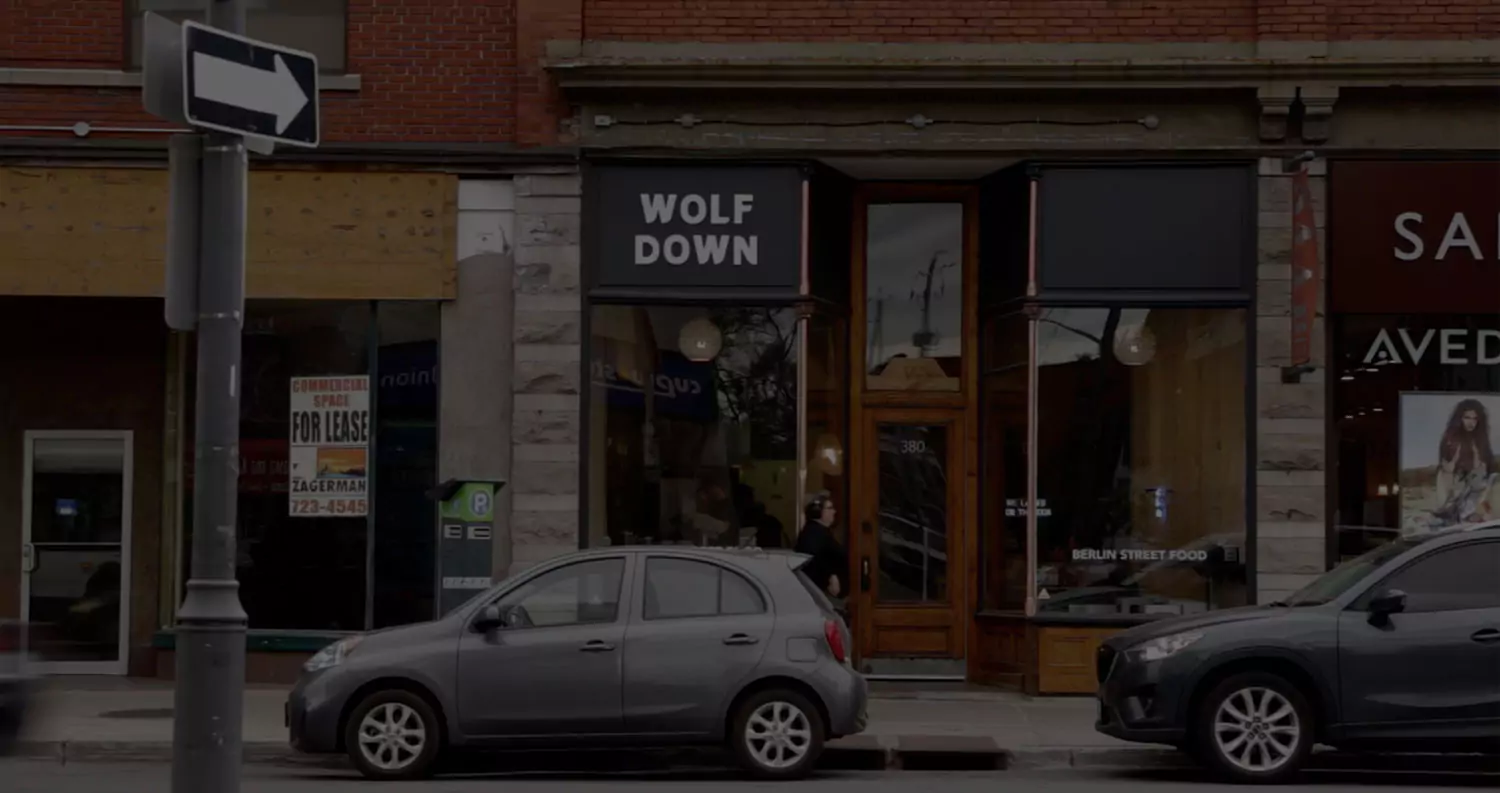COVID-19 was a wake up call. A catalyst for change. We were caught in a vicious cycle. Now our day of reckoning has arrived. And I, for one, am optimistic we can come back stronger than ever.
Besides low margins, there’s another critical issue we ignored for far too long: the restaurant industry is over-saturated. And too many restaurants cause hyper-competition and undercutting — triggering the race to the bottom. How did this happen? Wall Street is partly to blame. Shocker. After the dot-com bust, many investors turned away from Silicon Valley to the hospitality sector for more reliable returns, pouring billions into the restaurant industry, feeding the proliferation of fast food chains. Plus, people open restaurants all the time thanks to low barriers and big dreams.
Meanwhile, restaurant industry spending keeps increasing as consumers dine out more and more, spending nearly half their food budget eating out. This would be great for restaurants… if they weren’t growing even faster. But, with restaurant growth increasing at twice the rate of the population, all that income is spread too thin leaving traffic is badly weakened. And until we pause supply growth, this will not change. Truth be told, we are way overdue for a right-sizing.
“1 in 5 restaurants in the US could permanently close because of the pandemic. That would result in 200,000 locations permanently shuttering. About 3% have already closed permanently. About 11% of restaurant owners surveyed say they anticipate permanently closing within the next 30 days.” — Business Insider
Actually… Coronavirus is handling it — in the most brutal fashion. Nothing quite like a pandemic induced recession to effect a market correction. Dark, I know. But sadly necessary. Truth is, the restaurant industry wasn’t exactly in a great place even before the pandemic. And we weren’t really doing anything about it either. Now there’s no escaping it. We must face our demons.
“The old model never worked to begin with. Everything needs to change. This industry has to rebuild itself in the image of what it wants to look like 10–15 years from now. Not February of 2020. We need to build the future foundation now, so we are never this vulnerable again.” — David Chang
It’s not game over. But the rules of the game have changed. And change is hard, but change we must. No going back to business as usual. We must build the new model. How?

I’ve spent a lot of time in isolation thinking about this. I came up with 9 ways restaurants can adapt to succeed in the post-COVID-19 world. This won’t apply to everyone, it’s simply one perspective. Take what you want from it.
Price fixing. Not the illegal kind. I mean increase prices to fix your margins. This is the time to do it. Costs will likely increase due to COVID. Price it in. Add your margin. I suggest aiming for 19% — you know, as a tribute to COVID-19. No more excuses. Take a deep breath and do what you gotta do. And whatever you do, do not compete on price. That’s how we got in this whole mess to begin with. Provide value and stand by it. Don’t cave if people complain. People always complain. It is what it is. Help them understand.
Double-down on delivery. Like it or not, consumers value convenience more than ever. There’s been a fundamental shift from dine-in to take-out which only keeps accelerating. I explain how you can leverage third-party delivery in my post ‘Why Uber Eats is a Necessary Evil’. The key is to adjust delivery pricing to compensate for the commission. Yes, it’s now allowed. It works really well for us and it can for you too. At the end of the day, our priority is getting our food to customers who love it — even if they can’t make it to us, are busy with their lives, or just want to stay comfortable at home — then I want to make that possible for them. That’s what on-demand delivery allows us to do. It’s not just about what we prefer, it’s about what our customers prefer. And those who appreciate the convenience are ok paying a premium for it. In any case, we want to give them the option.
“60% of restaurant meals are now consumed off-premises. These channels are expected to make up around 80% of the industry’s growth by 2025.” — Forbes
Less is more. The bigger the menu, the lower the cost-efficiency. You’ll never please everyone, so stop wasting your time. Besides, rather than making people happy, too many options causes anxiety and indecision. Intuitively, we think options mean people get what they want. In reality, it just makes it harder to choose. And once they finally do decide, they just worry whether they made the right call. Paradox of choice. Instead, focus on doing one thing really well — with a few variations. At Wolf Down, we do döner only. We offer it in 3 formats, with 3 proteins, and 3 sauces. That’s it. Fewer ingredients means less waste. Simpler ordering. Faster food prep. Quicker training. Easier inventory. Small menus streamline your processes, saving you time and money. Quality, not quantity. Here’s a fun exercise for restaurant owners: how many ingredient SKUs do you order? How low can you go? That’s a metric to look at.
“Plenty of chains, from Taco Bell to McDonald’s, have pared down their menus to save on food costs while simultaneously speeding up operations.” — Forbes
Join thousands of your peers already getting our newsletter full of valuable insights.
Food minorities. Vegan, keto, halal, dairy-free, gluten-free, nut-free… these are all important markets. And offering friendly alternatives might not be as difficult as you think. Which ones can you easily do? Even with our limited menu at Wolf Down we have options for all of these groups. And they are some of our most loyal — and vocal — customers.
Don’t play games. Deals, discounts, sales — these are all gimmicks that devalue your brand. Why condition customers to wait for promos? Besides, your margins don’t need the beating. Same with loyalty programs. You shouldn’t need to play games to gain loyalty. Your food should inspire cravings and keep people coming back without needing points, stars and badges.
Stop the comps. We love comping. We are way too nice. This madness has got to stop. If you comp cause you fucked up, then of course, make it right. If it’s just cause you’re just such a nice human… don’t do it! Loyal customers, friends, family — they want to support you. Let them. If a customer only comes because you comp them, that’s not a customer you want anyway. Don’t feed bad habits.
Don’t fear ghosts. If you have excess space and labour, ghost kitchens are worth considering. Is there a complimentary concept you could run out of your kitchen? Get creative. Bonus points if you re-use ingredients or equipment. Or have it operate during your off-hours. How can you maximize the productivity of your assets?
Look to the clouds. Personally, I believe a physical presence is important to first introduce a new brand, but that delivery-only cloud kitchens can then be leveraged for further growth. One idea I have for Wolf Down’s expansion is to start with an awesome flagship in each new city to establish the brand, supplemented by virtual kitchens to cost-effectively expand our delivery reach throughout the city.
Be different. Lastly and most importantly, don’t be another boring copycat. How are you different? What do you want to be known for? Building a distinct brand is key, especially in crowded categories. You can stand out in so many ways: your food, design, values, etc. At Wolf Down we are the first to do tofu döner. We also took street food and turned it into a premium fast casual — with custom sourdough, quality protein, and addictive secret sauces.
So there you have it. My secret sauce.

To prove I’m not just talking the talk, we just increased our prices at Wolf Down. Our margins are now close to 19%. Last week we finally got our custom bread and tofu supply back and our sales numbers were close to what they were when we first opened exactly a year ago today — with no dine-in! We also recently changed meat suppliers so we are now fully halal. We are working on a ghost kitchen concept we hope to launch soon, considering cloud kitchens to expand our delivery reach in Ottawa, and will soon be negotiating lower rent for our second location in a new city.
At the end of the day, everyone still needs to eat. There will always be an enormous appetite for good food. Especially after prolonged isolation, people are desperate to eat out again. COVID-19 has served as a great reminder not to take restaurants for granted. This is our opportunity to re-build the restaurant industry — from the ground up. Better this time.
So ya… maybe we’re not so fucked after all.


